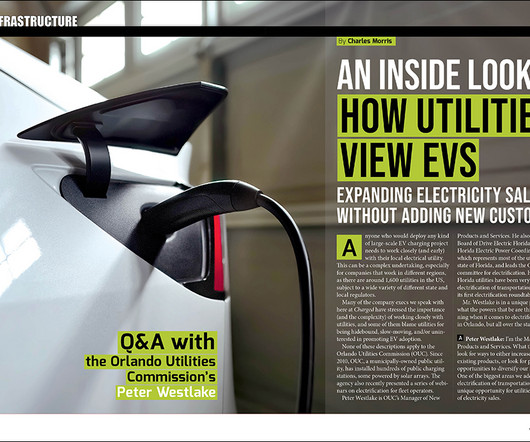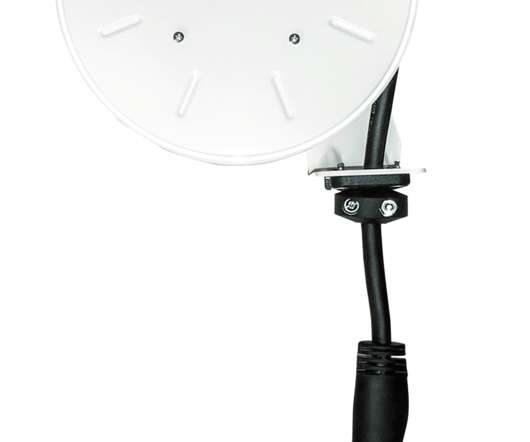An inside look at how utilities view EVs: expanding electricity sales without adding new customers
Charged EVs
SEPTEMBER 19, 2023
If someone only spends $100 with me yearly to charge their vehicle at one of my high-speed chargers, I’m still probably going to see in the neighborhood of an additional $400 or $500 in home charging. And in fact, we’ve had good conversations with bp pulse and with Shell Recharge in our service territory. Factor at a rate of 0.33












Let's personalize your content